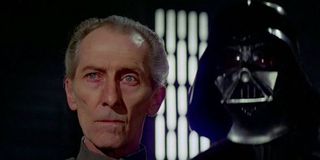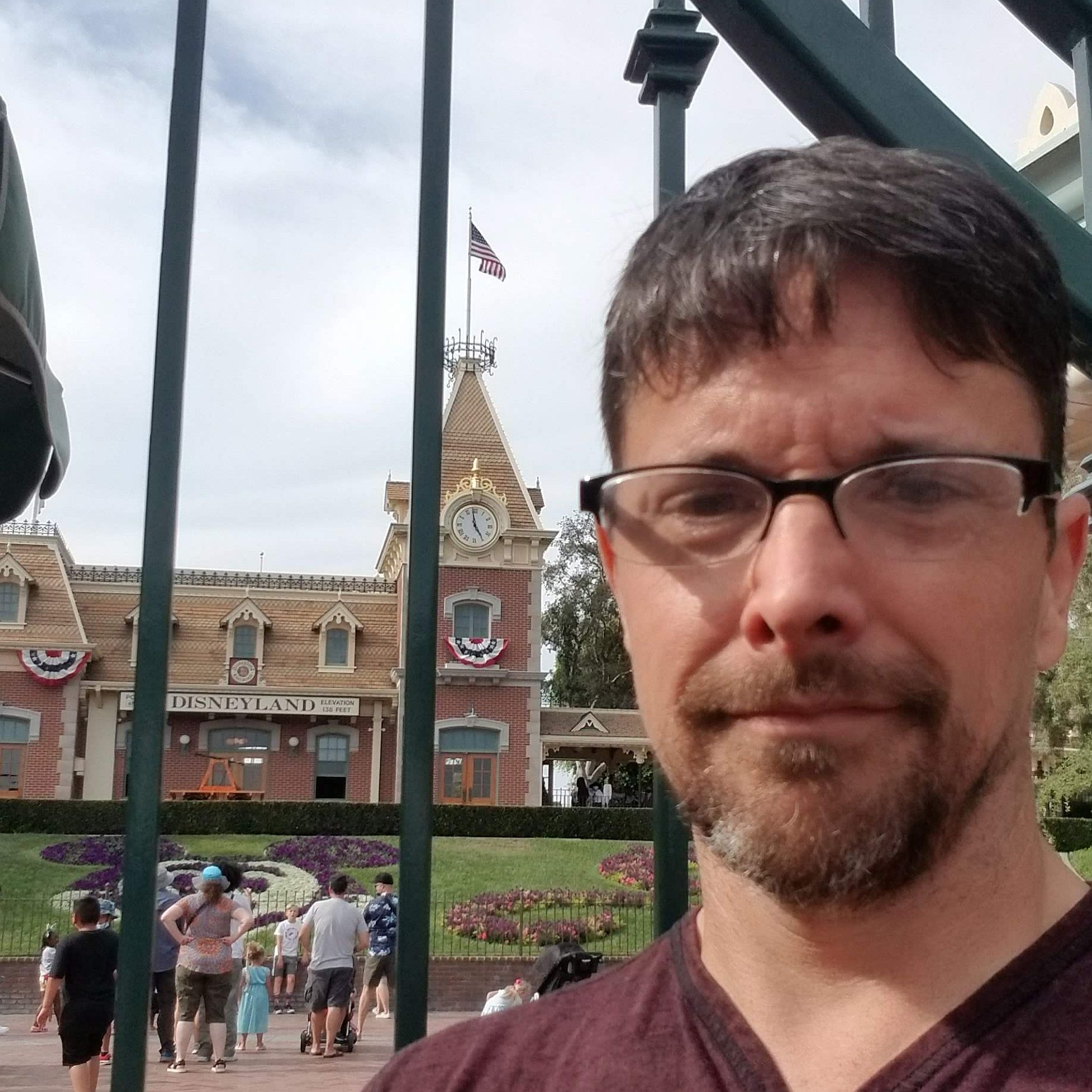Rogue One Is A Huge Step For CGI Characters, But We're Not There Yet

The following contains spoilers for Rogue One: A Star Wars Story. Read at your own risk.
The newest entry in the Star Wars saga has a lot of people talking, but one of the things they're mostly talking about is the return of classic characters via the use of modern digital effects. While the technology still has a long way to go, we may have seen the future of film in front of us with Rogue One. The newest movie is a window into a possible time when even death can't keep your favorite actors off the big screen. But is that OK?
Creating fictional creatures, monsters, and other assorted...well...things has long been within the purview of digital effects. Making anything that doesn't look human look real is standard practice, however, creating a person via digital effects has been much more difficult. During Rogue One: A Star Wars Story we get not one, but two completely human characters done via CGI. The first is Grand Moff Tarkin who has a couple of major scenes during the movie. The second is Princess Leia Organa, who appears before the camera in the very last scene to grab the Death Star plans and get the hell out of town.
Now, first thing's first. None of these scenes are perfect. Neither of the character looks visually identical to the real life person we saw in Star Wars. In fact, in a couple of scenes, the CGI Peter Cushing is looking "uncanny valley" levels of creepy. However, all forms of digital effects have experienced this level of imperfection, and every other one has been improved by an order of magnitude over the next several years.
As an example, here is digitally altered Jeff Bridges from Tron: Legacy in 2010
It doesn't look right. It looks like it's a digital effect. The face is rubbery, like he's wearing a Jeff Bridges mask, not actually somebody with that face. This effect was pulled off by having Jeff Bridges play the role, while digital images were shot of his face. It's an impressive effect, but it wasn't quite there yet. Now here's the same process used six years later on Robert Downey Jr. for Captain America: Civil War.
This is a complete revolution in six years. These effects were done by taking the actual actor that they wanted and using CGI to make them appear younger. What Rogue One: A Star Wars Story has done takes the idea a step further, but is ultimately the same thing. Here, there was an actual actor standing in for Peter Cushing and Carrie Fisher, but even in the case of Princess Leia, Carrie Fisher herself wasn't used as that stand in. Somebody entirely different played the role, and a whole new person was created on top of them.
CINEMABLEND NEWSLETTER
Your Daily Blend of Entertainment News
In much the same way that Disney made significant improvements on de-aging, they certainly can do the same thing here, but what that means for the future of filmmaking is difficult to even fathom. Imagine a casting director not being limited by an actor's age when deciding who should play a role. Imagine if they don't even need to consider if the actor is alive. Are you filming a classic western in the vein of an old John Wayne movie? In a few years, it might not be impossible to cast John Wayne himself in that role.
Stephen King has always said that he modeled his Gunslinger from The Dark Tower series after Clint Eastwood's Man with No Name. If The Dark Tower was being filmed 10 years from now, could actually creating that image be possible? And what about Indiana Jones 5? Can Harrison Ford play the swashbuckling archaeologist, with CGI bringing him back to the days of Raiders of the Lost Ark?
Of course, there are more than just technical limitations to this sort of an idea. In addition to being able to make the image on screen look real, there will surely be legal questions that need to be answered. Who owns the legal rights to an actor after they've passed away? Do those rights extend to beyond simply using a likeness, but to having that likeness perform new actions? What sorts of deals will need to be made? If anything stands in the way of this becoming common place it could end up being the legal system more than it is the technical side of the equation.
While it may seem regressive to look at going back in time to cast actors, not really. You'll still need real people to pull off the performance, to give voice and movement to the person. In a way, it's an additional level of performance. An actor isn't simply playing a role, but rather playing the role while also portraying the actor that the audience sees.
The technology will only get better. I fully expect to see it used again in the upcoming Han Solo movie and anything else Star Wars plans to do with time periods that require characters to be younger or to bring back actors who are no longer available. We could very well see Alden Ehrenreich digitally changed to look more like a young Harrison Ford.
There's little question that eventually the technology will be ready to recreate a dead actor for a leading role. The only questions are how long will it take and will anybody ever truly try to make it happen. If they do, we'll be looking back at Rogue One as the moment it all started.


CinemaBlend’s resident theme park junkie and amateur Disney historian, Dirk began writing for CinemaBlend as a freelancer in 2015 before joining the site full-time in 2018. He has previously held positions as a Staff Writer and Games Editor, but has more recently transformed his true passion into his job as the head of the site's Theme Park section. He has previously done freelance work for various gaming and technology sites. Prior to starting his second career as a writer he worked for 12 years in sales for various companies within the consumer electronics industry. He has a degree in political science from the University of California, Davis. Is an armchair Imagineer, Epcot Stan, Future Club 33 Member.
Most Popular



